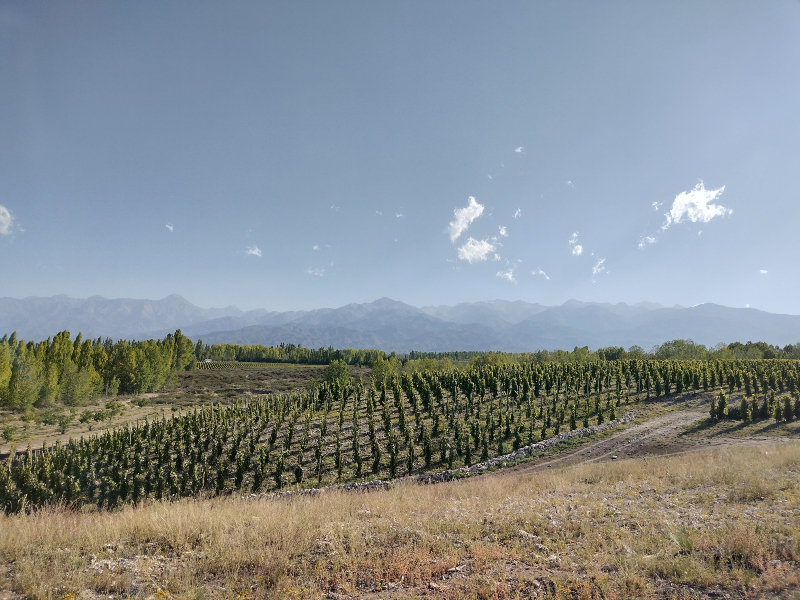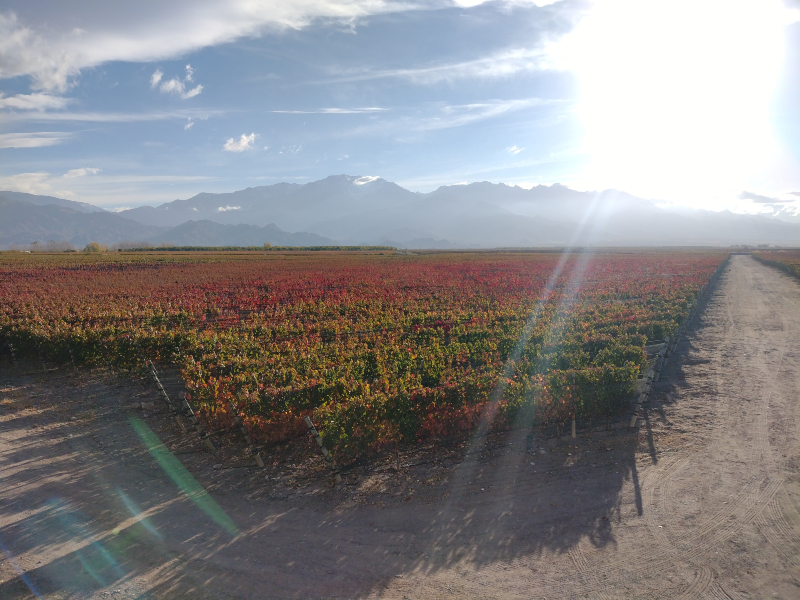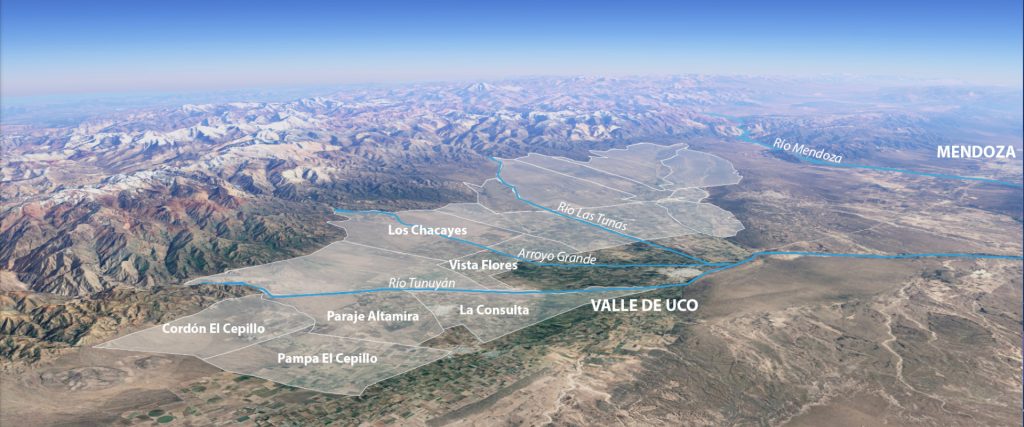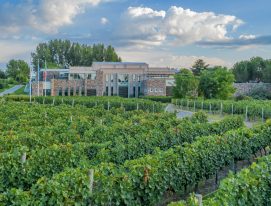Trevelin, Cordón El Cepillo and El Peral are some of the newest Geographic Indications in Argentina, and we’re beginning to see them on wine labels, joining a list of over a hundred since the passing of the Law of Origin (Law #25.163). It’s a number that grows little by little every year.
How a Geographic Indication is formed? In short, geographic indications are a shared regional brand. Whenever a wine has a character that can be attributed to a specific area, there is an opportunity for a GI to be declared, which means that these regions can be identified on labels by all the producers located within them.
Argentine Geographic Indications are essentially the same as those found in Europe and are the first step toward establishing Denomination of Controlled Origin (better known as DOCs). The difference is that GIs are geographic while DOCs recognize the winemaking method associated with a specific place.
Following the passing of the Law of Origin for wine in 2004, every season new GIs join the list. Initially, around eighty were recognized because they were already being used by producers needed to be protected from fraudulent usage. For instance, the Uco Valley, Luján de Cuyo and San Rafael were granted the status immediately.
However, closer examination of the terroirs of Argentina showed that more refined guides to the regions were required with precise boundaries. That is where a new GI can be useful. The challenge lay in identifying the areas that qualified to be new GIs, which included both newly planted and historically overlooked regions.
How a Geographic Indication is formed

To better understand the how a Geographic Indication is formed, let’s take the example of Cordón El Cepillo, which is located in the Uco Valley and was approved at the end of December 2022. In the 2000s, vineyards were first planted on the highest ridge of the Andean foothills here, in the Department of San Carlos. The area had never been recognized as a separate region because vines had never been grown there before.
The wineries who moved into the area needed to establish it as a region unto itself and also to distinguish it from nearby areas. Neighboring regions include Paraje Altamira and El Cepillo, neither of which had clearly set boundaries and so couldn’t appear on labels even though people used the terms regularly. So, where did the wines that began to appear in the 2010s in Cordón El Cepillo come from?
Firstly, boundaries were set for Paraje Altamira in 2017 following painstaking studies of the local soils and climate, which established a specific set of conditions in the region. It was obvious that the vineyards to the south, and planted on southern slopes, couldn’t be part of Altamira because the conditions were quite different. And so Pampa El Cepillo was coined for the plains. Up on the ridge of the foothills, it took ten more years before Cordón El Cepillo was born. In all, the cycle, beginning with Paraje Altamira’s application for GI status and ending with the approval of Cordón El Cepillo, took ten years.
Each of the three Geographic Indications is based on studies of soils and climate, in addition to historic values that define the character of each. This material is collected by the applicant and delivered to the National Institute of Viticulture who are tasked with assessing, approving, promoting and protecting the use of GIs.

For the case in question, the area in which the Tunuyán River reaches the plains was delineated based on soil structure, topography and climate until the three different areas were established. Today, each is a GI as the wines produced there have distinct characteristics attributable to the region in question.
But it can be a complicated process. Especially when the GI has no pre-existing political boundaries, meaning they must be drawn up anew. Some producers object to being included or excluded from certain areas and are able to file an appeal. It’s the old dilemma of whether to be part of a club or not, and when there is disagreement, an independent body is needed to settle the question, such as the National Institute of Agricultural Technology or one of the Universities. Once agreement has been reached, a GI is declared. And that’s just the beginning when it comes to understanding how a Geographic Indication is formed.
Once the GI has been established and its use on labels is permitted, the wines need to offer a distinctive enough character for consumers to find them recognizable. Unique qualities are key and this is where the group of wineries that make up the GI are crucial. Some, like those of Los Chacayes, work actively to build a regional reputation, others aren’t so bothered.
The key in all of these cases is that so long as the application process for a GI is under way, no private brand can make use of it. Every one of the wine brands involved must respect the form and name of the GI of which they are a part. In time, famous names begin to settle in the public imagination and the groundwork has been laid for a Denomination of Origin.




Pingback: Roberto De La Mota: “Malbec Has Qualities That Continue To Interest The Consumer”